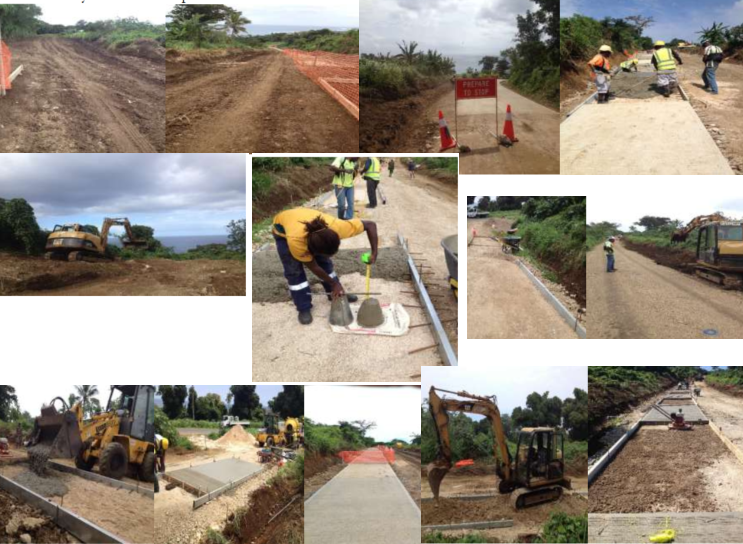- +678 22160
- docc@vanuatu.gov.vu
- Mon - Fri 8:00 - 17:00
View Projects

Increasing Resilience to Climate Change and Natural Hazards (IRCCNH) Project 2013-2018
Vanuatu, with a population of 260,000, comprises about 80 islands with a total land area of 12,336 sq. km spread over 1,300 km from north to south in the Western Pacific Ocean. Geographically it is located in the “ring of fire” and at the center of the Pacific “cyclone belt”. This results in a relatively high frequency of volcanic eruptions, cyclones, earthquakes, tsunamis, storm surges, coastal and river flooding and landslides. For example, in 1987 – 88 three cyclones resulted in 50 deaths and over US$152 million in property damage, cyclone Dani in 1999 caused over $8 million in damage to heavy infrastructure and cocoa exports declined by 50% in 2004 as a result of damages caused by cyclone Ivy that year. More recently in 2015, the country suffered from devastating category 5 Tropical cyclone Pam in 2015 which badly affected the central and southern islands of the group. Tropical cyclone Pam resulted in eleven (11) deaths caused major damages to infrastructure, food and security, water and livelihoods valued at USD$ 300 million. In addition, the country suffers from extreme events associated with ENSOrelated climate variability, including sea level rise, temperature extremes, and droughts. The most recent ENSO event was a long drought from year 2015 to 2016 that resulted in water shortage in the central and southern islands badly affecting the food security sector causing food shortage, water shortages and loss of livestock and livelihood initiatives related to the productive sector.
These characteristics, together with limited financial and technical capacity, mean that Vanuatu is the world’s most vulnerable country, based on the ranking of 111 countries using the Commonwealth Vulnerability Index. The economic base is narrow, with some 65% of GDP coming from small-scale agriculture. Around 80% of the population is rural and dependent on agriculture, where productivity is relatively low. In 2010 Vanuatu’s exports were worth $191 million and included copra, timber, beef, cocoa and kava root extract. Vanuatu’s imports were worth USD$465.8 million and included machines, transport equipment, food, live animals and mineral fuels.
Climate variability and change are likely to impact all sectors, but especially agriculture, water, coastal and marine resources, infrastructure and tourism while the effects of climate variability are already being felt. Stock-taking exercises undertaken in support of preparing Vanuatu’s National Adaptation Program of Action (NAPA) and a GFDRR/CCA assessment identified numerous on-the-ground activities which simultaneously address the country’s immediate adaptation needs and while also tackling risks posed by natural disasters. Given the country’s limited capacity for implementation, it was realistic to target only a few of these priorities for implementation under this adaptation project. Thus the project supported three of these priorities.
The project development objective is to increase the resilience of communities in Vanuatu to the impacts of climate variability and change, and geological hazards, on food and water security, as well as livelihoods. The main project outcomes would be:
- institutional strengthening of the NAB-Secretariat/PMU to support the policy and planning functions of the NAB, while also building oversight and management capabilities for climate adaptation and disaster management projects/programs;
- Enhanced access/uptake by farmers of improved technologies and plant material providing for more sustainable and climate resilient agricultural production;
- Increased fresh water availability for rural communities through greater rainwater harvesting and storage capacity
- For at least two pilot coastal sites and two volcanic sites, increased community capacity to plan and implement disaster risk management and climate adaptation sub-projects/activities.
Latest News
Quick Link
Contact Us
Namba 2 Area, PMB 9054, Port Vila Vanuatu
(678) 22160
docc@vanuatu.gov.vu
facebook.com/Department-of-Climate-Change

